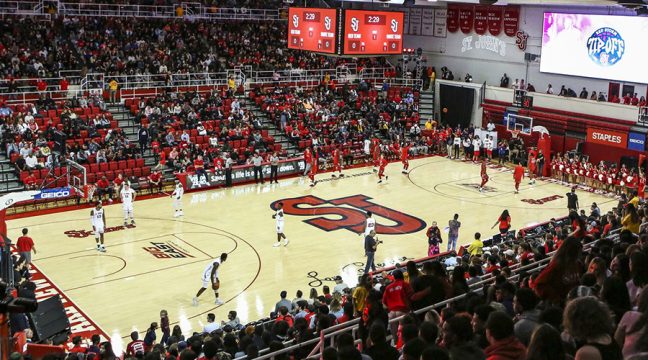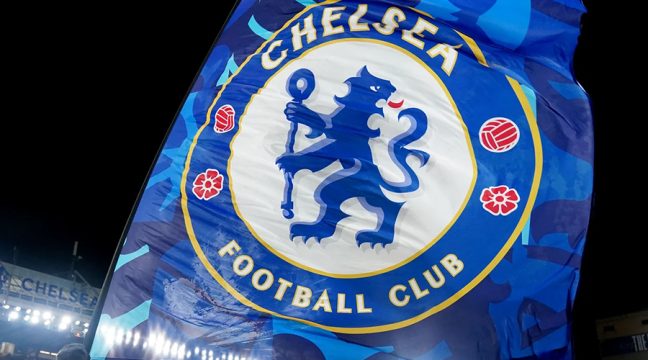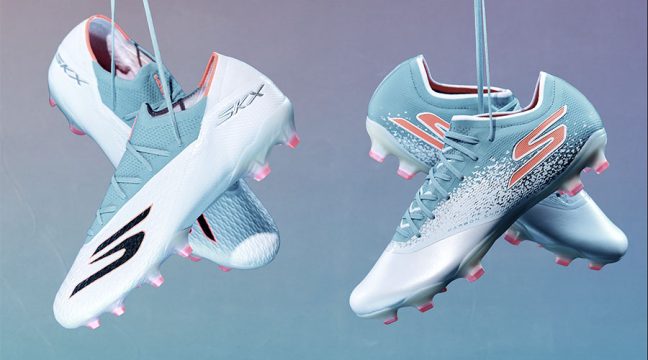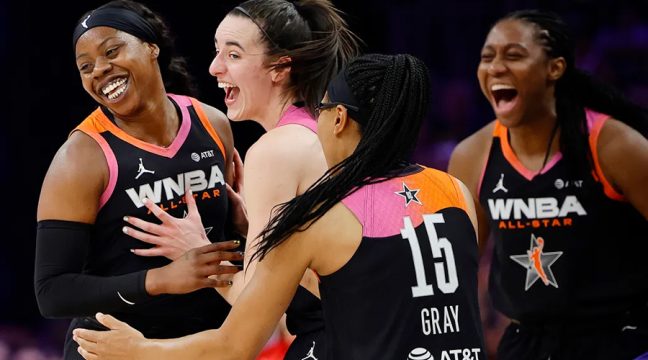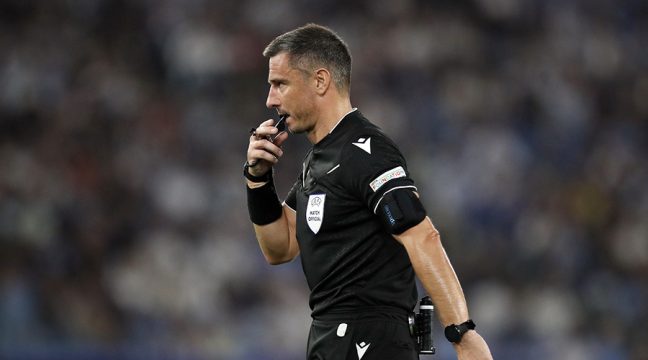MLB’s Safety and Health Advisory Committee that is charged by Major League Baseball and the Players Association to determine the reason why so many maple bats are shattering in big league games said it is nearing the point where it can soon make “short-term and long-term recommendations to address the issue.” The committee said on Tuesday that nearly 1,700 shattered bats were collected from July 2 to this past Sunday for physical analysis.
The issue was discussed at a committee meeting on June 24 in New York and since then, various entities have been studying the bats for cause and effect.
Two Wisconsin-based entities are reviewing wood-quality issues: The USDA Forest Service’s Products Laboratory — the federal government’s primary research facility for wood products — and Timberco, Inc., an independent accredited certification and testing agency for structural and nonstructural wood products. Dr. Carl N. Morris, a professor of statistics at Harvard University, and Dr. James A. Sherwood, director of the Baseball Research Center and a professor of mechanical engineering at the University of Massachusetts-Lowell, were retained to assist in analyzing the data.
The matter began getting attention earlier this season as maple bats continued to splinter regularly, causing injuries to uniformed personnel and fans seated in the stands.
There are a number of solutions to be taken into consideration, from extending netting from behind the plate down the first- and third-base lines as they do in Japanese ballparks, to placing restrictions on the width of bat handles, to banning the use of maple bats completely.


